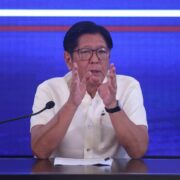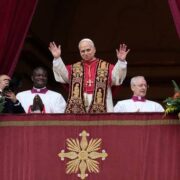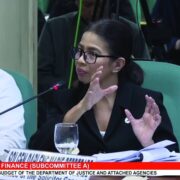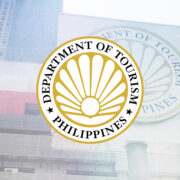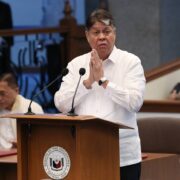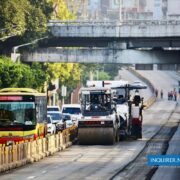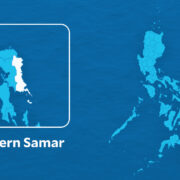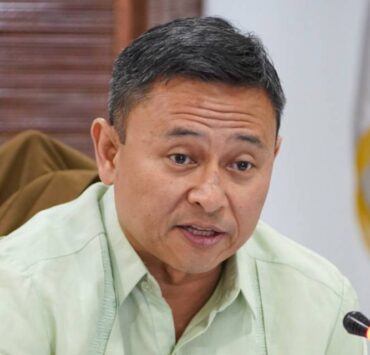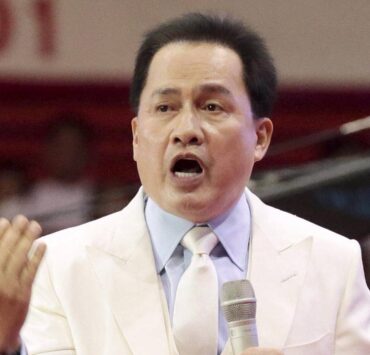Meeting with semiconductor industry kicks off Marcos US visit
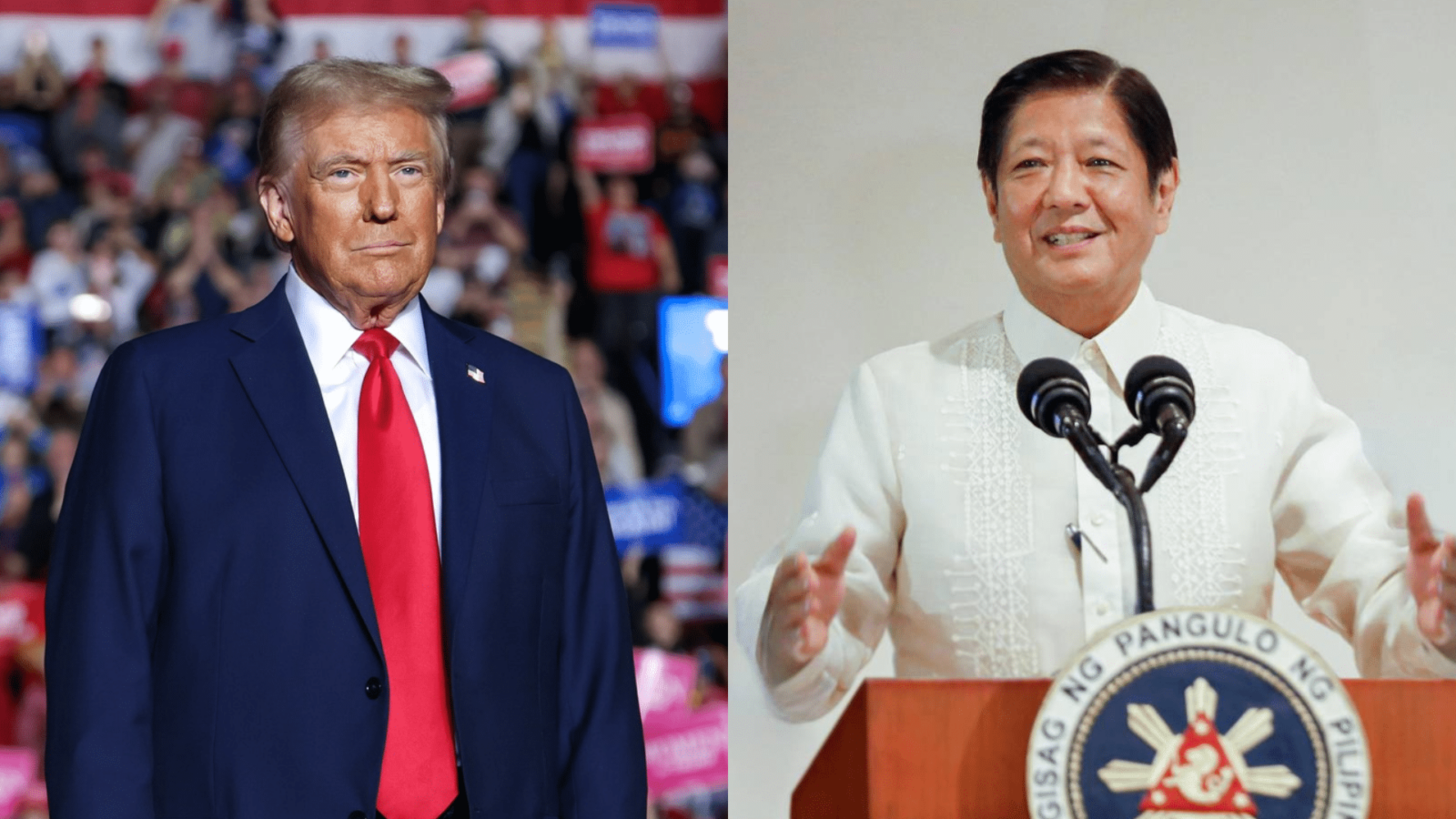
WASHINGTON—President Marcos is meeting again with leaders of the semiconductor industry on the first of his three-day working visit to the United States.
Mr. Marcos, who arrived here on Sunday (Monday morning in Manila), is the first Southeast Asian leader to be invited by US President Donald Trump to Washington in his second term.
Mr. Marcos on Tuesday will sit down for a dialogue with Trump to negotiate a tariff rate lower than the 20 percent imposed by the United States on the Philippines effective Aug. 1.
On Monday, the President was set to meet with John Neuffer, president of the Semiconductor Industry Association (SIA), as well as Secretary of State Marco Rubio and US Defense Secretary Pete Hegseth.
‘Opportunity to expand’
Jose Manuel Romualdez, Manila ambassador to Washington, said the semiconductor sector was “one of our biggest industries that we’re having economic ties with the United States.”
Mr. Marcos first met with Neuffer in Malacañang last December, stressing that semiconductor manufacturing had played a huge part in the country’s growth over the years.
“We thought that this would present an opportunity for the Philippines to expand, but not only in terms of production, or fabrication of chips but we decided that it’s time for us to move up the value chain and start looking into designing as well,” the President told Neuffer then.
The SIA is one of America’s top export industries, particularly in semiconductor manufacturing, design and research.
In 2023, the Philippines’ biggest exports to the United States were semiconductors and integrated circuits amounting to $3.1 billion, or 23.3 percent of its total exports to the North American country, according to the Presidential Communications Office.
Manila is among the recipients of Washington’s $500-million International Technology Security and Innovation Fund under the CHIPS and Science Act.
In February, the Philippines was also considering a “sectoral” free-trade agreement with the United States, among them, the semiconductor industry.
Back then, Manila wanted to take advantage of a possible supply chain shift away from Beijing, which was slapped with a higher reciprocal tariff rate.
However, Romualdez clarified that this was no longer on top of the administration’s priorities.
“We’re still very far in the sense that we have to get over this particular discussion first on the tariff,” he told reporters in a briefing on Sunday night here. “After that, we’re hoping that a free-trade agreement will probably come into play.”
No bargaining chip
Mr. Marcos was also meeting on Monday with other business leaders who have investments in Manila and are planning to expand their operations, particularly in the healthcare industry.
Of Mr. Marcos’ dialogue with Trump on the trade tariffs, Romualdez declared that the President and his small contingent of Philippine officials will not offer a bargaining chip to sway the US president.
The President would focus on “what would be good for both our countries,” the ambassador said.
“We have to look at relationships now in a different light … What is going to be good for us is what we are going to negotiate on,” he said. “We can’t negotiate on the basis of what we can get from another country. We have to focus on what is good for both countries.”
Trump initially imposed a 17-percent duty on all goods coming from the Philippines during his “Liberation Day” announcement in April. But after negotiations and a 90-day pause on July 9, he slapped Manila with a 20-percent tariff that takes effect on Aug. 1.
Mutual defense
While this is among the lowest in Southeast Asia (after Indonesia’s 19 percent), experts warned this could impact the electronics, garments, agriculture and food sectors the most.
Apart from tariffs, Mr. Marcos is likewise set to discuss with Trump mutual defense and security issues, including the West Philippine Sea.
The two world leaders will meet a week ahead of Mr. Marcos’ fourth State of the Nation Address, in which he will report his administration’s accomplishments and plans.
The United States is the country’s biggest trading partner as well as its leading export destination in 2024, accounting for 16.6 percent of $73.27 billion in export sales, according to data from the Philippine Statistics Authority.
Over the past five years, US foreign investment in the Philippines has amounted to P165.93 billion, according to the Philippine Embassy in Washington.



